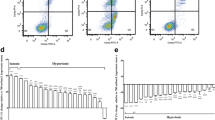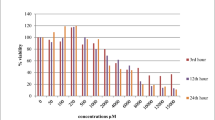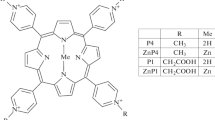Abstract
The consumption of plants containing the diterpenoid atractyloside (ATR) causes selective proximal tubule injury, renal failure and death in humans. We have compared the effects of ATR in freshly isolated renal proximal tubules and glomeruli from rat and also in cell lines: NRK, derived from the proximal tubules, and MDBK and MDCK more closely representing the distal nephron. The effects of ATR (10– 500 μM) on proximal tubules and glomeruli were assessed by changes in lipid peroxidation, de novo protein synthesis and the leakage of alkaline phosphatase (ALP), lactate dehydrogenase (LDH), glutamate dehydrogenase (GDH) and N-acetyl-β-D-glucosaminidase (NAG). The susceptibility of NRK, MDBK and MDCK cell lines to ATR was assessed by the 3-(4,5-dimethylthiazole-2-yl)-2,5-diphenyl tetrazolium bromide (MTT) assay, measuring mitochondrial reduction. Enzyme leakage was the most sensitive of the markers of cell injury in fresh fragments and ranked LDH>GDH>ALP>NAG in proximal tubules. As little as 20 μM ATR caused significant enzyme leakage from proximal tubules, but there were no increases in enzyme leakage from glomeruli at concentrations ?500 μM ATR. De novo protein synthesis was only inhibited 50% at ATR concentration >5 mM in the proximal tubules, but there were no effects in glomeruli. Malondialdehyde production was significantly elevated at 1 mM ATR for proximal tubules, and 500 μM for glomeruli. NRK cells were sensitive to ATR (IC50, 120 μM), but MDBK or MDCK cells were unaffected by?1 mM of this diterpenoid. Both freshly isolated fragments and continuous cell lines representing the proximal tubules are more sensitive to ATR than either glomeruli or cells representing the distal nephron. These data also show that protein synthesis is a less specific and sensitive measure of ATR cytotoxicity than enzyme leakage in fragments. MTT reduction to formazan was the most sensitive in the NRK cell line. The low levels of lipid peroxidation products in proximal tubular fragments or sensitive renal cell lines at toxic levels of ATR suggest that oxidative injury is not a key mechanism.
Similar content being viewed by others
Author information
Authors and Affiliations
Additional information
Received: 28 March 1996/Accepted: 31 May 1996
Rights and permissions
About this article
Cite this article
Obatomi, D., Bach, P. Selective cytotoxicity associated with in vitro exposure of fresh rat renal fragments and continuous cell lines to atractyloside. Arch Toxicol 71, 93–98 (1996). https://doi.org/10.1007/s002040050362
Issue Date:
DOI: https://doi.org/10.1007/s002040050362




